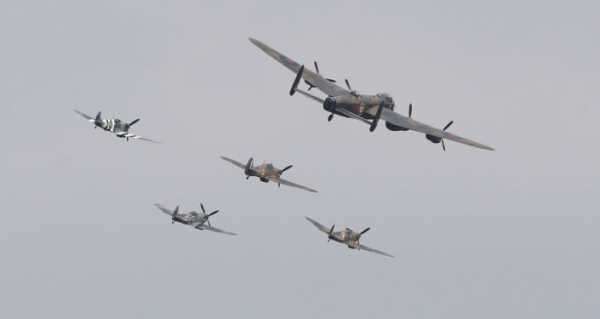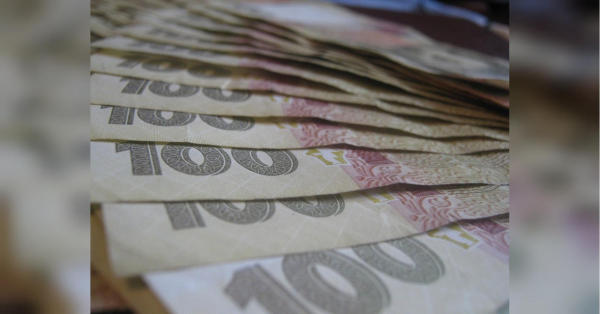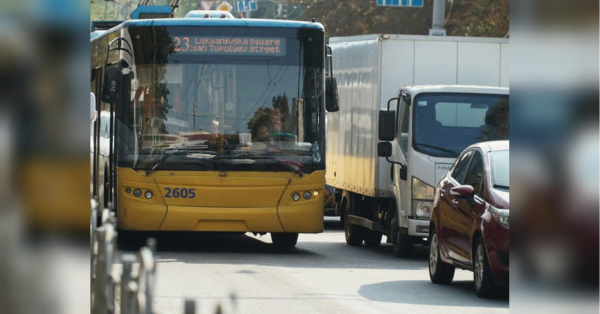
The United Kingdom held commemorative events across the country to mark the 75th Anniversary of the Victory Over Japan on Saturday. Planned fly-overs across the nation’s 4 capital cities were dropped, however, while displays by the Red Arrows and other World War 2-era aircraft were able to go ahead.
Spitfires and Hurricanes flew across Britain’s skies as the Queen and senior royals gave tribute to the 75th anniversary of Victory Over Japan Day (VJ Day) on Saturday.
Three Spitfires, a Hurricane, and a Lancaster bomber soared over the National Memorial Arboretum in Staffordshire, as Prime Minister Boris Johnson and Prince Charles led tributes to veterans.
The RAF’s Red Arrows also held a VJ Day flyby over Glasgow Prestwick Airport and Belfast, while flights over Edinburgh and Cardiff were axed due to bad weather and cloudy skies.
In a display that would have been the first since the London 2012 Olympic and Paralympic games, the Red Arrows initially planned to fly over the four capital cities of the UK to commemorate the anniversary.
The Red Arrows were due to fly over the cities – beginning with Edinburgh at 11.30am, Belfast at 2pm, Cardiff at 2.45pm, and London at 5.30pm.
The official Red Arrows account tweeted to confirm that the aircraft had safely landed.
Boris Johnson issued an address ahead of the event.
He said that on the 75th anniversary he wanted to remember “what we owe the veterans of the Far East campaign”.
Johnson was also involved in a commemorative video earlier in the day featuring leaders of the Commonwealth nations such as Fiji and Canada, as well as top officials from the United States, who led the war in the Pacific theatre.
The Red Arrows flew over Belfast city centre, above the Titanic building and the Harland and Wolff shipyard as they traversed across Belfast Lough, painting the skies with their famous red, white and blue smoke trails.
The UK commemorates VJ Day on August 15 to mark the date when Japan announced their surrender in 1945 – just 3 months after Nazi Germany surrendered in what is now called Victory in Europe Day (VE Day).
Japan’s surrender followed America’s detonation of 2 atomic bombs over major cities – Hiroshima and Nagasaki. Emperor Hirohito formally signed the surrender to Allied forces on 2 September 1945.

Mamoru Shigemitsu signs the unconditional surrender papers for Emperor Hirohito, thus committing Japan to accept the Potsdam Declaration.
During WW2, the Japanese Empire had been aligned with Nazi Germany and Fascist Italy as part of the Tripartite Pact – a fascist alliance.
Like the expansionist policies of Hitler and Mussolini for ‘Lebensraum’ and ‘Nova Roma’, Japan sought to conquer all of Asia and the Pacific as part of its aim to construct a ‘Greater East Asia Co-Prosperity Sphere’ – annexing Korea, colonising China, and installing puppet governments across the continent.
Sourse: sputniknews.com






